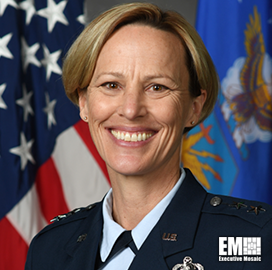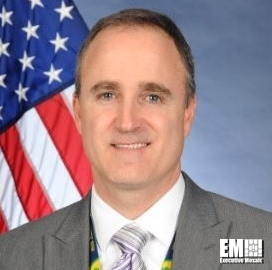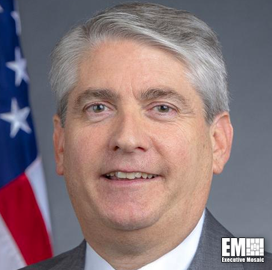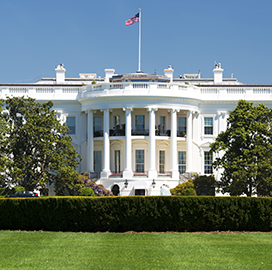Maj. Gen. Heather Pringle, commander of the Air Force Research Laboratory, has underscored the importance of upgrading the infrastructure at AFRL sites across the U.S. to enhance science and technology capabilities for warfighters.
“Expanding, securing and upgrading the infrastructure at AFRL enhances our mission effectiveness while we pay close attention to its cost-effectiveness and sustainability,” Pringle said in a statement published Friday.
Among these projects are the installation of new equipment at AFRL’s Rocket Propulsion Division to advance the production of rocket components and the construction of a new gate and entry point at the Information Directorate in Rome, New York, to comply with the Department of the Air Force’s security requirements.
In November 2022, AFRL initiated the construction of a $4.5 million Facility for Radiation Tolerance Research on Electronics for Space and Strategic Systems at Kirtland Air Force Base in New Mexico.
The facility will operate as part of the Space Vehicles Directorate, which develops new technologies and capabilities for space missions.
AFRL also unveiled a new Advanced Munitions Technology Complex at Eglin Air Force Base, Florida, that will support the development of next-generation weapon systems for the U.S.












